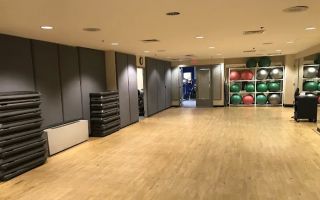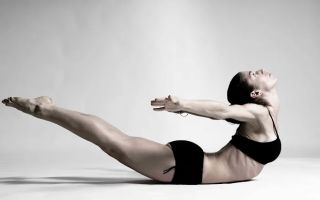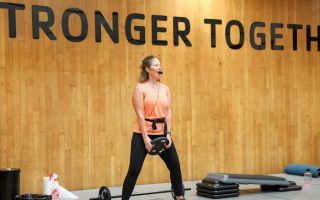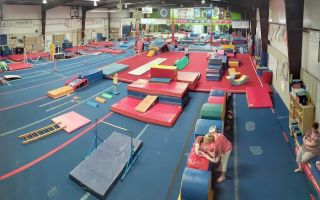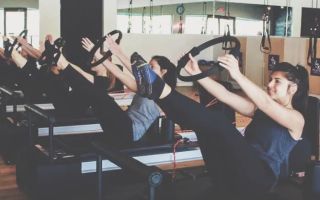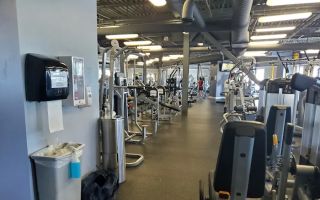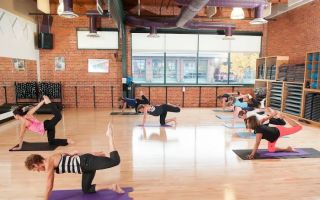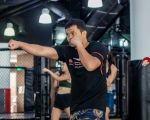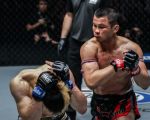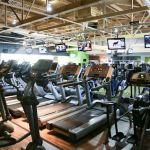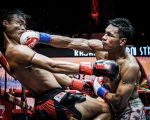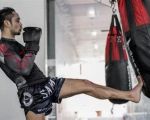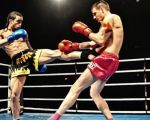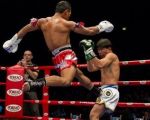Muay Thai Flexibility Exercises for Better Performance
- 1. The Importance of Flexibility in Muay Thai
- 2. Key Flexibility Exercises for Muay Thai
- 3. How Flexibility Improves Your Muay Thai Performance
- 4. Real-Life Examples of Flexibility Improvement
- 5. How to Incorporate Flexibility Training into Your Routine
1. The Importance of Flexibility in Muay Thai
Flexibility is a crucial component of Muay Thai that directly impacts your performance. Whether you're executing powerful high kicks, fluid elbow strikes, or quick defensive movements, a high level of flexibility helps you perform these techniques with more precision and efficiency. As a martial artist, your flexibility also plays a vital role in your mobility, speed, and injury prevention.
Flexibility allows you to achieve a wider range of motion, which is essential for generating more power in your strikes and maintaining a fluid, agile stance. Without flexibility, you may find yourself limited in your ability to move and respond to your opponent’s actions.
2. Key Flexibility Exercises for Muay Thai
To boost your flexibility for better Muay Thai performance, incorporate these key stretches and exercises into your routine:
- Dynamic Leg Swings: Swinging your legs forward and backward or side to side is an excellent way to improve hip flexibility and leg mobility, which is essential for high kicks.
- Hamstring Stretches: Flexible hamstrings are vital for powerful kicks and swift movement. Stretching the hamstrings regularly can prevent tightness and enhance your range of motion.
- Hip Flexor Stretch: Stretching your hip flexors helps to open up the hips, which is crucial for achieving deep squats and high knee raises during Muay Thai drills.
- Butterfly Stretch: This exercise targets your inner thighs and groin area, improving your stance flexibility for better movement and defense in the ring.
- Pigeon Pose (from Yoga): A great stretch for loosening the hips and glutes, enabling better mobility and fluidity in your striking movements.
These exercises target the key areas involved in Muay Thai movements and will help you develop the necessary flexibility to enhance your technique and performance.
3. How Flexibility Improves Your Muay Thai Performance
In Muay Thai, flexibility enhances not only your range of motion but also your overall power, speed, and agility. For example, improved flexibility in the hips and legs allows you to perform head-high kicks with ease, a move that can surprise your opponent and deliver significant power. Additionally, having flexible muscles means you can react quicker, dodge strikes more efficiently, and move faster in the ring.
Flexibility training also contributes to injury prevention. By improving your range of motion and keeping your muscles limber, you're less likely to strain a muscle or suffer from joint stiffness, which can impede your ability to perform. The result is a more effective, resilient, and dynamic fighter.
4. Real-Life Examples of Flexibility Improvement
Take the example of famous Muay Thai fighter Saenchai, who is known for his incredible flexibility and agility in the ring. He often credits his high kick accuracy and fluid footwork to years of dedicated flexibility training. By incorporating specific stretches and exercises into his daily routine, Saenchai has been able to maintain exceptional flexibility into his later years, allowing him to compete at the highest levels.
Many Muay Thai practitioners, even beginners, have reported significant improvements in their fighting skills after dedicating time to stretching and mobility exercises. Their increased range of motion and ability to perform advanced techniques with precision often leads to better fight outcomes and a more enjoyable training experience.
5. How to Incorporate Flexibility Training into Your Routine
To incorporate flexibility training effectively into your Muay Thai regimen, start by dedicating at least 10 to 15 minutes before and after each training session to stretch. Begin with dynamic stretches as part of your warm-up to prepare your muscles for movement, followed by static stretches during your cool-down to improve muscle flexibility and recovery.
For a more personalized approach, consider using flexibility tools like foam rollers or resistance bands to deepen your stretches and target problem areas. Consistency is key—aim to stretch multiple times a week, and be patient as flexibility takes time to develop. Make sure to listen to your body and avoid pushing too hard, as overstretching can lead to injuries.
For more information on Muay Thai training, flexibility exercises, and performance-enhancing techniques, visit Humble Challenger and discover additional resources and expert advice to help you excel in your Muay Thai journey.
Ready to take your Muay Thai performance to the next level? Start incorporating these flexibility exercises into your routine today and see how they can improve your striking, defense, and overall agility in the ring!


